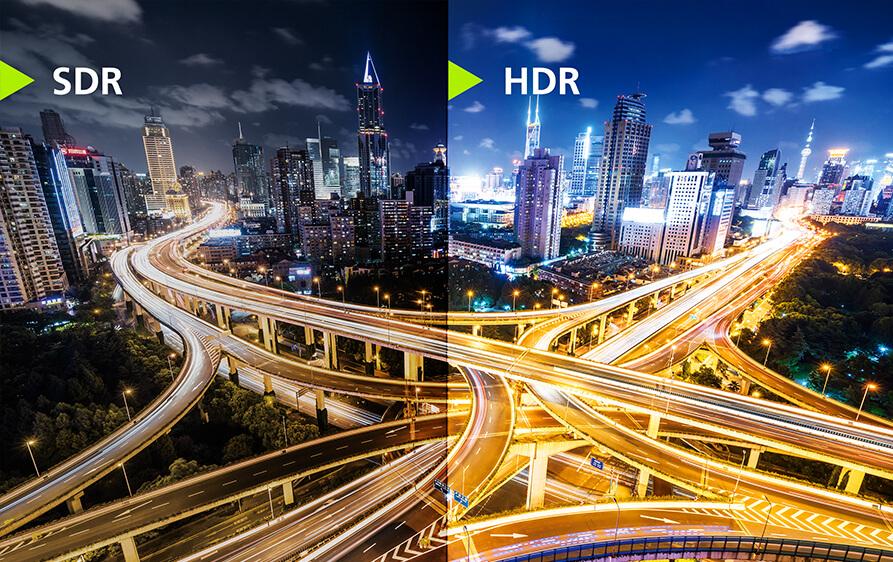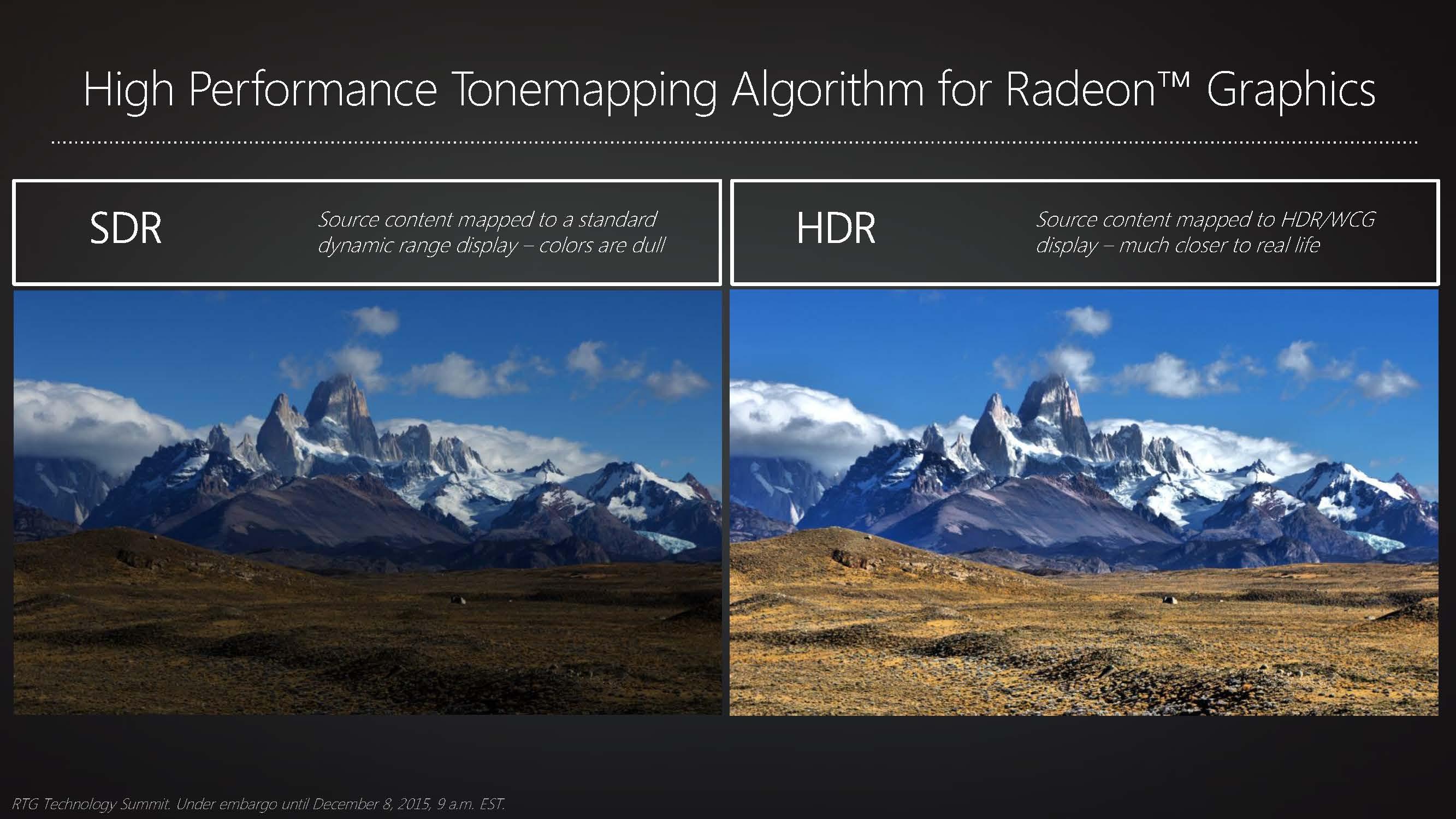As streaming technology continues to evolve, High Dynamic Range (HDR) has emerged as a buzzword promising enhanced visual experiences. With claims of richer colors, improved contrast, and greater detail, HDR aims to elevate home viewing to cinematic levels. Yet, as consumers weigh the benefits against the costs of upgrading their devices, a debate unfolds: is HDR truly transformative, or merely a marketing gimmick? This article delves into the nuances of HDR technology, examining its impact on streaming quality and whether it justifies the investment. Through an analytical lens, we explore whether HDR is a worthwhile enhancement or an overrated trend.
Understanding HDR Technology and Its Impact on Streaming Quality
High Dynamic Range, or HDR, has become a buzzword in the realm of streaming, promising enhanced visual experiences. At its core, HDR technology aims to offer a broader spectrum of colors, increased contrast, and finer details, especially in darker or brighter scenes. This can result in a more lifelike picture that is closer to what the human eye naturally perceives. However, the effectiveness of HDR largely depends on the quality of the content being streamed and the capabilities of the display device.
- Color Depth: HDR supports a wider color gamut, allowing for more vivid and true-to-life colors.
- Contrast Ratio: With improved contrast, HDR enhances the distinction between the brightest whites and the darkest blacks.
- Device Compatibility: The benefits of HDR are only fully realized on compatible screens, which can display the enhanced content effectively.
While HDR can indeed elevate the streaming experience, its impact is not universally guaranteed. The perceived improvement is subjective and can vary based on individual preferences and the quality of both the content and the display. Thus, whether HDR is a worthwhile upgrade may depend on personal priorities and viewing habits.
Evaluating the Cost-Benefit Ratio of HDR in Streaming Devices
When considering the integration of High Dynamic Range (HDR) in streaming devices, it’s crucial to weigh the cost against the potential benefits. On the cost side, HDR-capable devices typically come with a higher price tag. This increase isn’t just in the device itself but often extends to a need for compatible HDR televisions and potentially higher-tier streaming service subscriptions that offer HDR content. Moreover, the requirement for faster internet speeds to handle HDR’s increased data can add to the ongoing costs.
On the benefits side, HDR technology enhances the viewing experience by providing richer colors, improved contrast, and greater detail in both dark and bright areas of the image. This can significantly enhance the enjoyment of visually-driven content, such as movies and high-production series. However, the value of these benefits can be subjective and heavily dependent on the viewer’s sensitivity to visual quality improvements. For some, the difference might be profound, while others may find it negligible, leading to a debate on whether the added expense justifies the enhanced visual experience. Ultimately, assessing the value of HDR involves considering both the technical enhancements and the viewer’s personal preferences.

Comparing HDR Performance Across Popular Streaming Platforms
When evaluating HDR performance across various streaming platforms, several factors come into play, including content availability, compatibility, and quality of implementation. Major platforms like Netflix, Amazon Prime Video, and Disney+ offer a substantial library of HDR content. However, the actual viewing experience can vary significantly due to differences in streaming technology and bandwidth optimization.
- Netflix: Known for its vast HDR catalog, Netflix uses Dolby Vision and HDR10 formats. The platform’s adaptive streaming technology adjusts video quality based on your internet speed, which can sometimes impact HDR performance.
- Amazon Prime Video: Offers HDR content primarily in HDR10+. The platform tends to provide a more consistent HDR experience, but the catalog is slightly smaller compared to Netflix.
- Disney+: Delivers HDR in both Dolby Vision and HDR10, with a strong focus on original content. The HDR implementation is generally praised for its vibrant colors and dynamic contrast.
Ultimately, the perceived value of HDR on these platforms depends on your viewing setup and personal preferences. While the technology promises enhanced visuals, the differences can be subtle, especially on smaller screens or with less-than-ideal internet connections. Therefore, the decision to upgrade might hinge on how much you value the incremental improvement in picture quality.

Recommendations for Consumers Considering an HDR Upgrade
When contemplating an HDR upgrade, there are several factors consumers should weigh to determine if it’s a worthy investment. Picture quality is the most obvious benefit, with HDR offering richer colors and improved contrast. However, it’s essential to consider the type of content you frequently watch. HDR shines in movies and shows designed to leverage its capabilities, but its impact might be negligible on older content or genres that don’t emphasize visual effects.
- Device Compatibility: Ensure your streaming device and TV support the same HDR standards, such as HDR10 or Dolby Vision.
- Internet Speed: HDR content often requires higher bandwidth. Check if your internet connection can handle the increased data demands.
- Viewing Environment: HDR is best appreciated in controlled lighting conditions. If you often watch TV in bright rooms, the benefits might be less noticeable.
- Content Availability: Investigate if your preferred streaming services offer a significant amount of HDR content that interests you.
By considering these aspects, consumers can make a more informed decision about whether upgrading to HDR will enhance their viewing experience or if it might not be as impactful as anticipated.



